Coding club
Every other Tuesday in Room 602, Coding & Computing Club meets to practice questions, prepare for competitions and discuss computer science concepts. The club was founded by junior Justin Huang (he/him) and hosts roughly 12-15 members each meeting.
“I wanted to make a space where I could go maybe weekly, maybe bi-weekly, just some time, and just talk with people about my interest in programming,” said Huang.
According to Huang, every club meeting they’ve had so far has looked different. They’ve had small, speed-based coding competitions, as well as website workshops. Currently, the club is preparing for the American Computer Science League, a series of four competitions spanning five months.
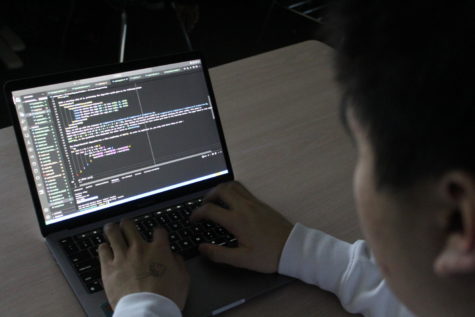
“It’s pretty chill,” said sophomore Matthew Epshtein (he/him), who’s been in the club for two years. “Basically, everybody’s kind of coding their own thing.”
On Nov. 18, Coding Club hosted the Viking Coding Cup, a team competition covering concepts from web design to algorithms to logic and reasoning.
“We felt like a way to get people involved and more excited about coding was competing in it because they can show off their skills,” said Huang. “They can practice what they’ve learned, and they could discuss with other people cool computer science concepts.”
The 20 competitors had 50 minutes to solve as many problems as possible. Epshtein solved the most problems, and was part of the winning team, alongside sophomores Weiju Wang (he/him) and Franklin Carter (he/him). Epshtein said he thought the competition was organized quite well.
“There [were] a lot of interesting problems — a wide variety of topics,” said Epshtein. “And I like that they had pizza as well.”
The club is planning something similar in the future and is possibly making it into an annual event that its members can look forward to.
“I hope that people who come and participate will enjoy coding and will have a place to talk about it with other people,” said Huang.
Nourishment club
Led by seniors Priyanka Kannan (she/they) and Audrey Gasser (she/they), Nourishment Club aims to support students with eating disorders or body image distress and change educational standards surrounding eating disorders and nutrition.
According to Kannan, Gasser had the idea for the club during their freshman year, but because of the initial lack of traction and amount of preparation necessary, the club was formed this year.
“I’m not expecting the entire school to show up to this by any means, but I think that the type of person that we need to join is someone who’s passionate, who cares and who isn’t afraid to be vulnerable,” said Kannan. “And that’s a lot of people.”
The club’s long-term goals, which are listed on its website (ihsnourishment.square.site), include changing the state health curriculum to include more accurate information about nutrition and signs of disordered eating. Kannan says club executives plan to write to the Washington state government on this issue and include willing club members as signatories.
“And simultaneously, while writing these letters, we are trying to create a more positive environment for those who do struggle with their eating habits inside our building as well,” said Kannan.
The club plans on creating posters with QR codes that link to resources, therapists and nutritionists. Kannan said that even adding eating-specific helplines on the backs of student ID cards would be a wonderful change.
“I want students to be able to easily recognize when their eating habits are unhealthy, because in our society, it’s extremely normalized to body shame yourself, to diet, to skip meals, to brag about when you haven’t eaten in a certain amount of time,” said Kannan.
Another goal is to host training sessions with staff about eating in class and recognizing verbiage that could be damaging.
“The most important thing was retraining staff members to rethink their verbiage around food when they’re discussing food,” said Kannan. “I think a lot of the time, not only staff members, but students [as well] will talk about how little they’ve eaten in a day or how much they’ve eaten in a day without recognizing that things like that and other things could be really harmful towards a student’s mental health.”
Kannan said she doesn’t expect to see huge changes by the time she graduates but will continue fighting for better nutritional education and a less toxic food environment in college.
“I don’t think that our toxic food environment comes from the fact that people are intending to put other people down,” said Kannan. “I think it comes from a lack of education that, I’m hoping, by having seminars for health teachers, seminars for teachers, for parents and hopefully for students as well, we can create sort of a more inclusive and more educated community. And slowly, we’ll see a change.”
Unified club
Founded this year by co-presidents Kelly Johnson (she/her) and Nicole Chambliss (she/her), Unified Club is the first step in their goal of making Inglemoor a nationally recognized Special Olympics Unified Champion School, a program that promotes social inclusion. Among other criteria, this entails offering at least two seasons of unified sports and at least two whole-school engagement activities implemented each year. The club meets every Wednesday in room 816.
“I just feel as though there’s a kind of clear separation between the quote-unquote ‘unified’ or special education students and the general education students,” said Chambliss. “And while unified sports are a really great start, I feel like there could be more to be done.”
Unified club is a place for students with and without disabilities to play sports and games. They plan on collaborating with unified bowling in January, then unified soccer and cheer in the spring. Chambliss hopes the club will create the environment for more social change to happen.
“I think we could unite the school a lot more and just have inclusion and just [bring] everyone together at the end of the day,” said Chambliss.
Chambliss said she’s seen special education students belittled or patronized in the halls, and Johnson said she’s been picked on for her appearance and left out of activities.
“I am silently hoping that this unified club thing hopefully will [cause people to] treat people with [disabilities] how they treat a normal person,” said Johnson.




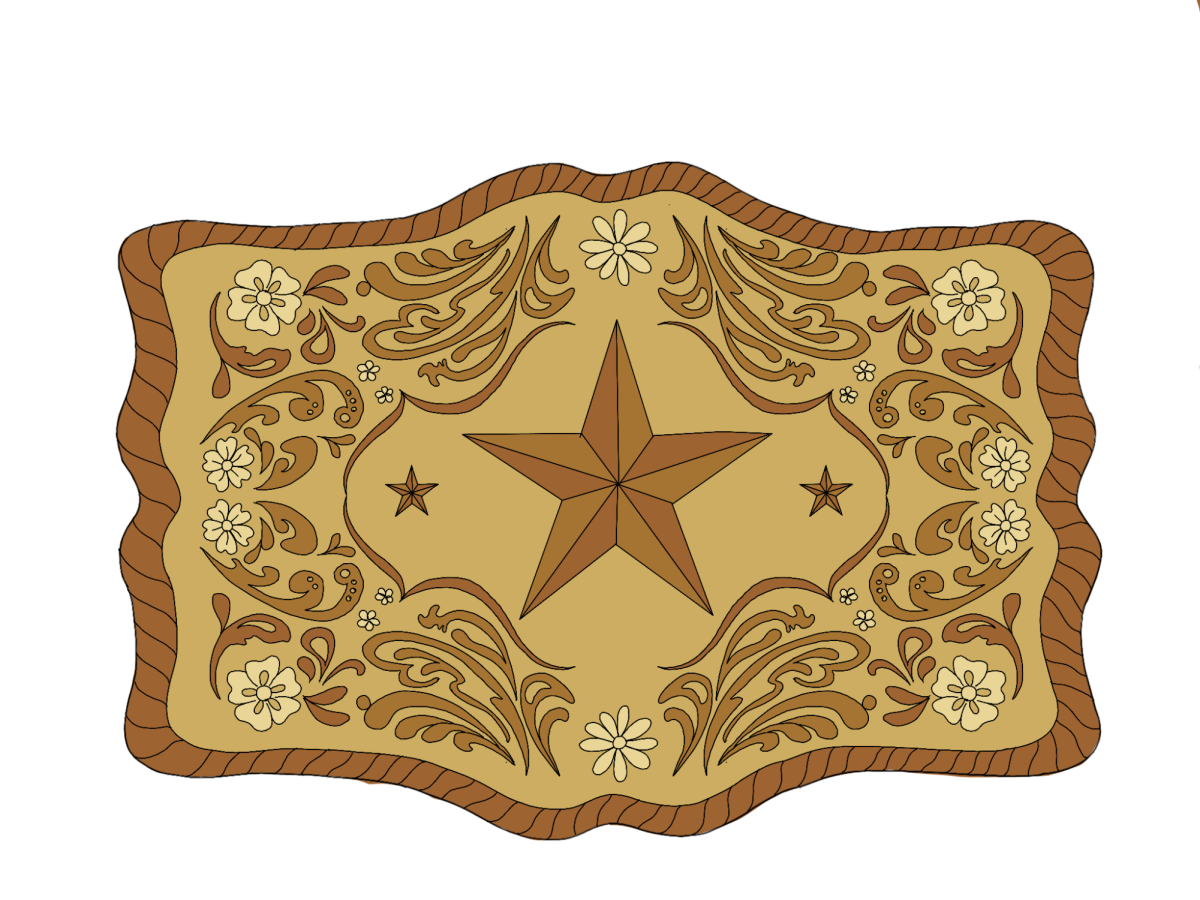
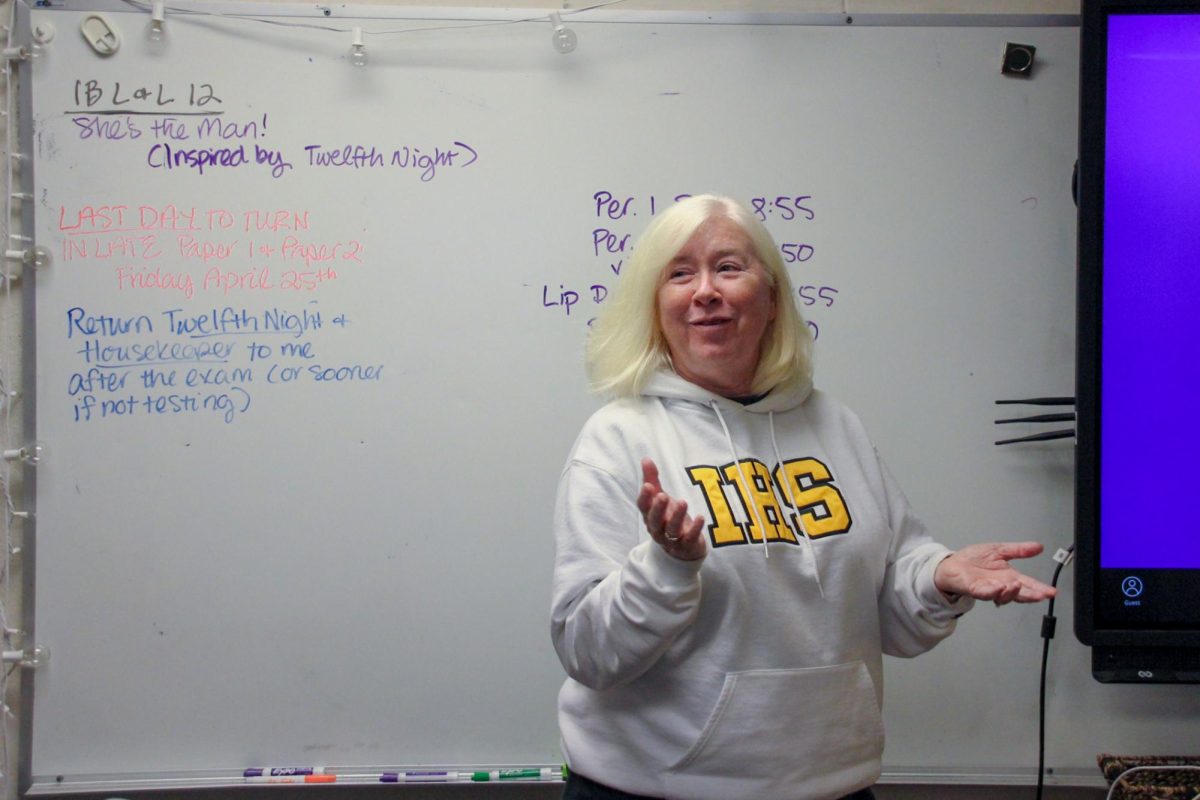
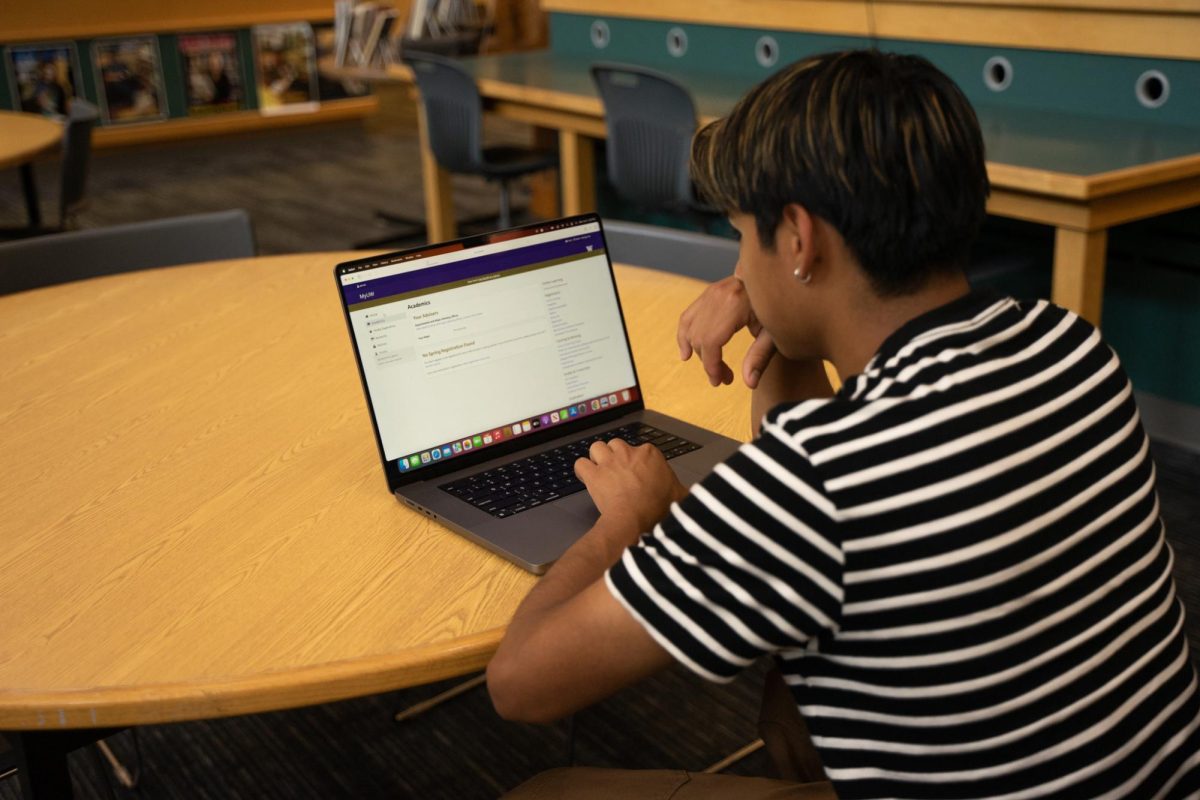

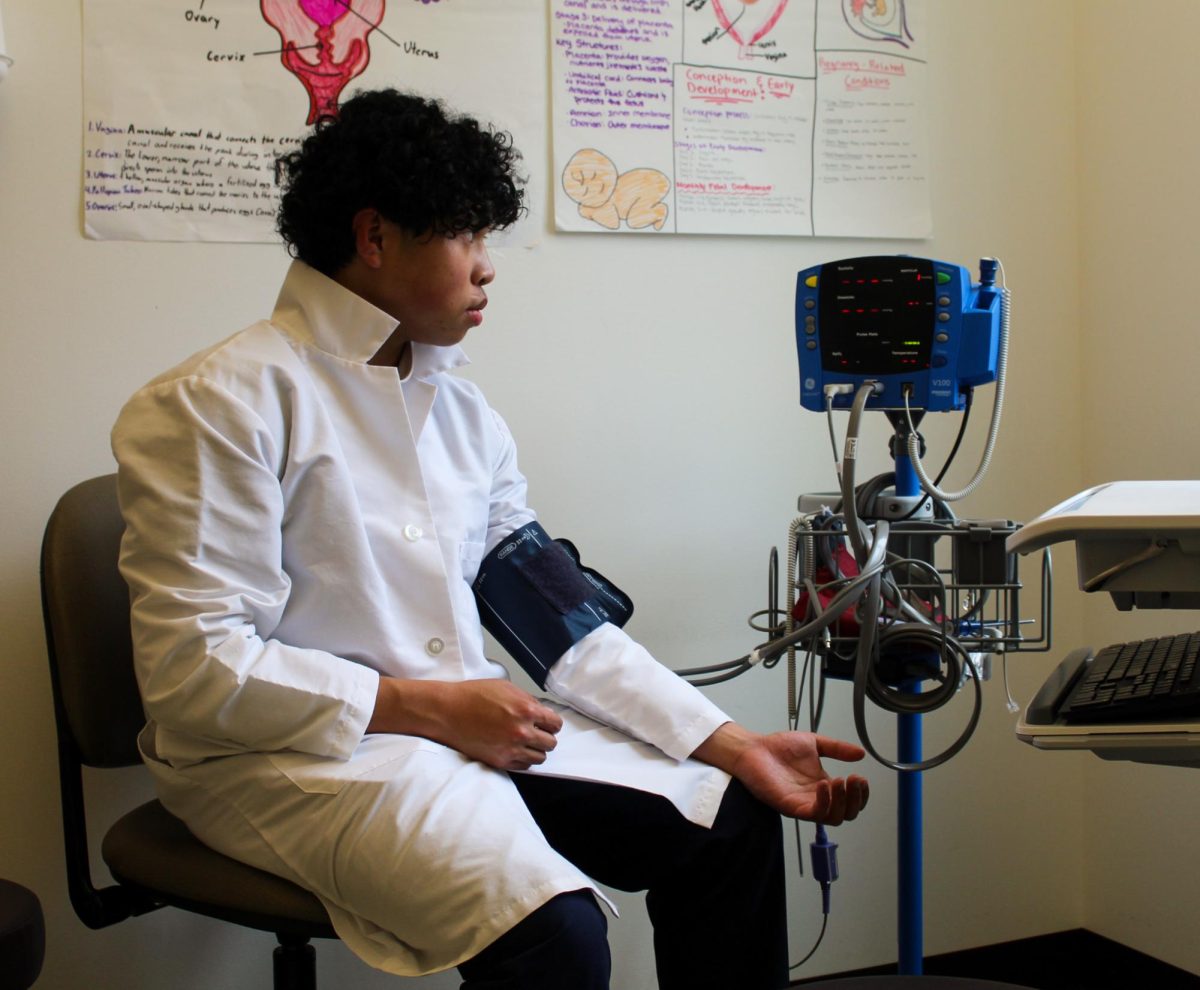
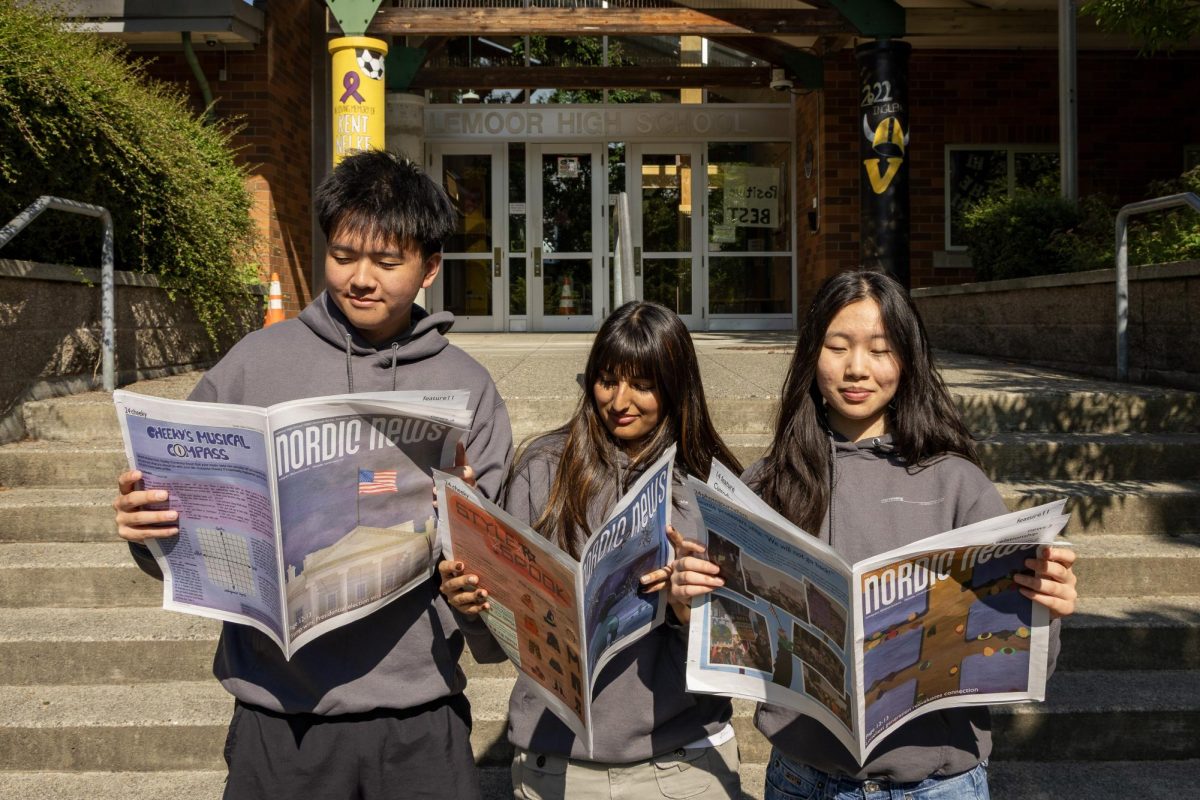

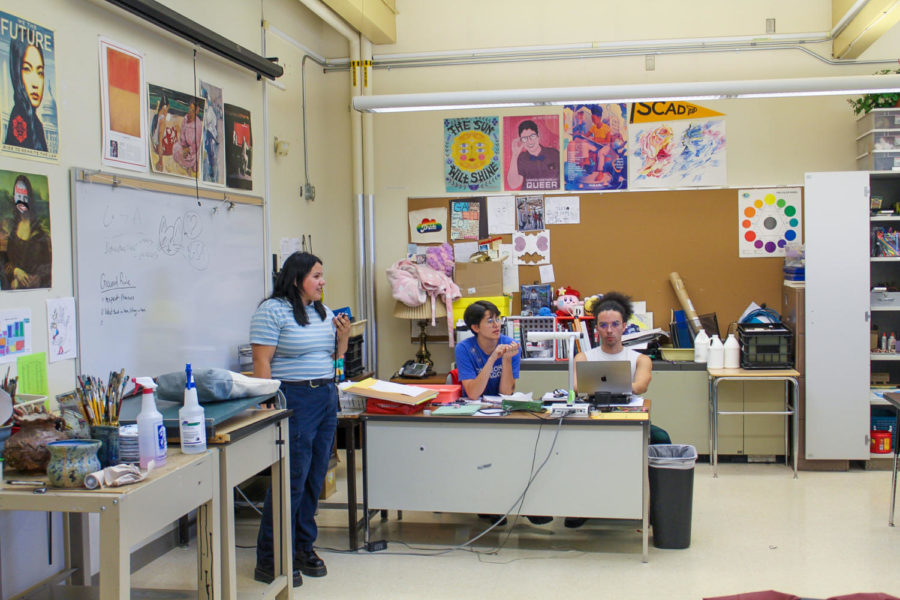

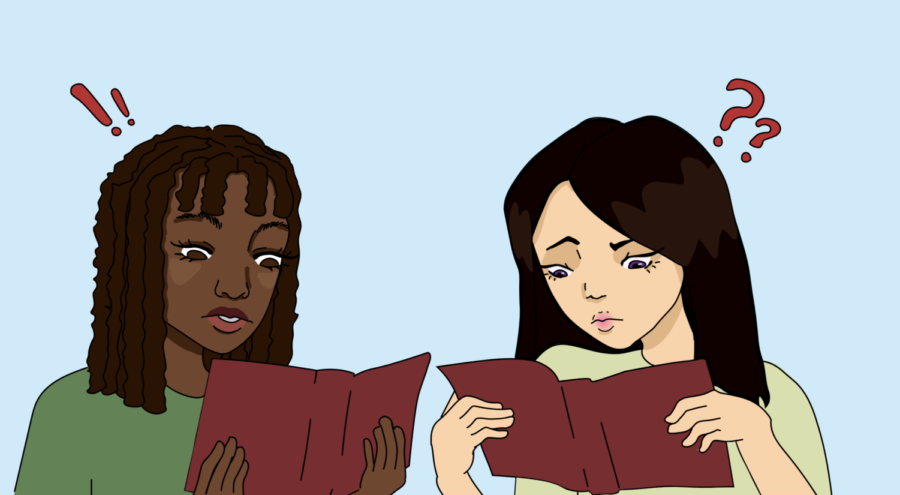
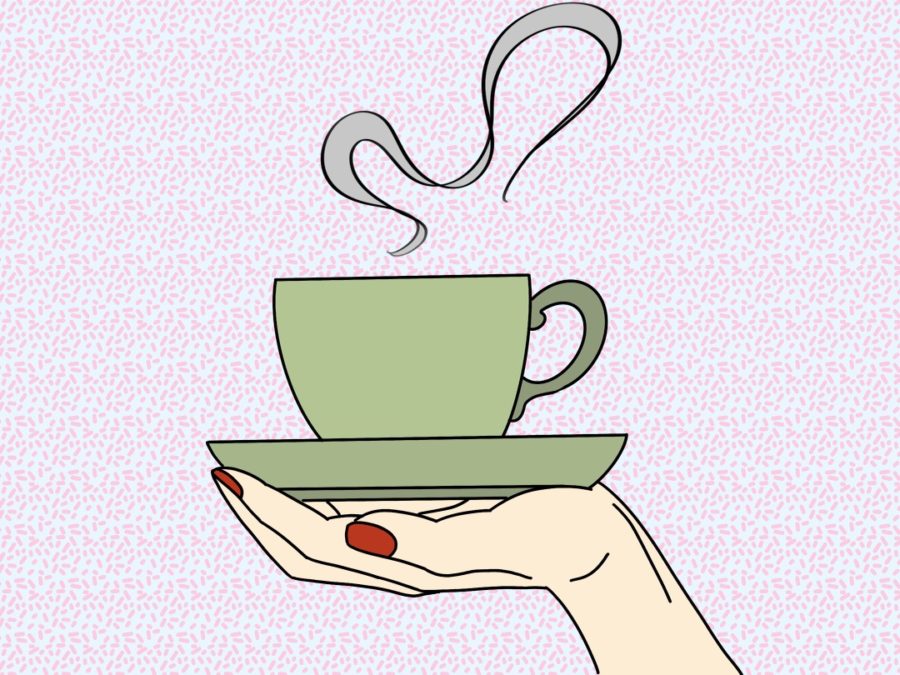
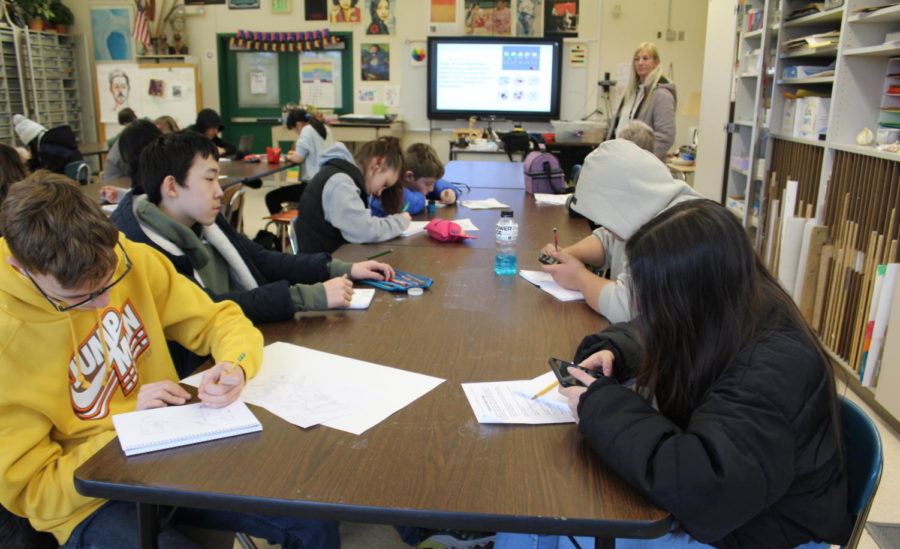

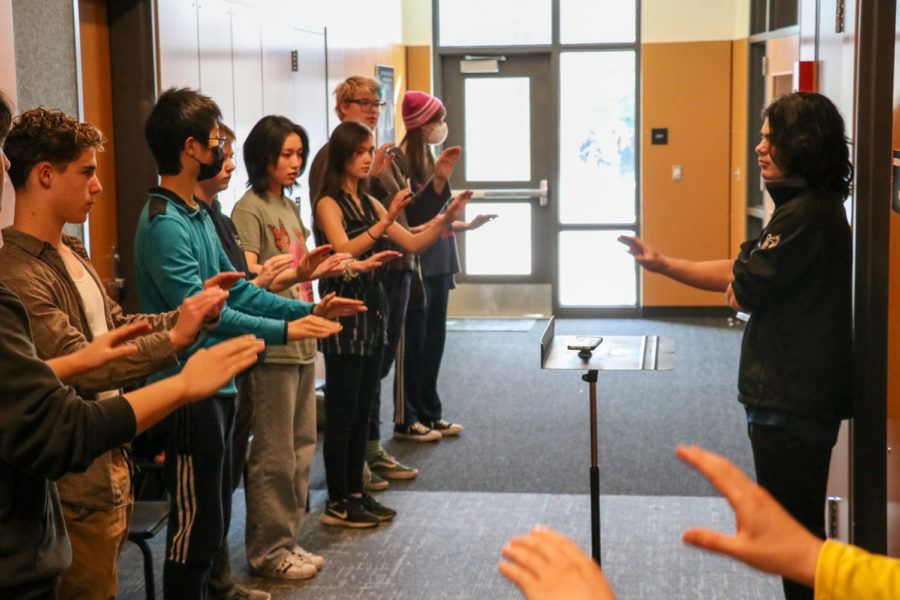
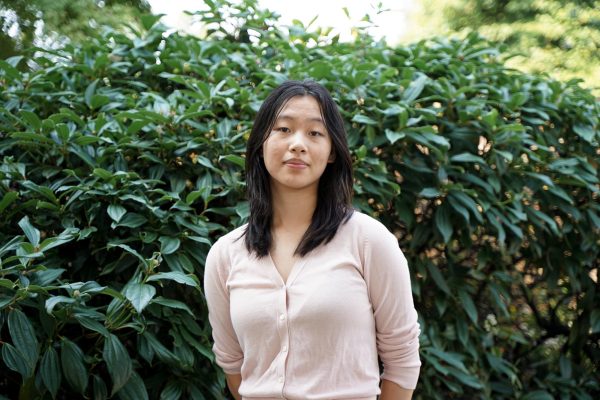
Wang Weiju • Dec 30, 2022 at 7:40 PM
Finally, Nordic News does not censor the TRUTH.